Abstract: Why is the lighting of the chicken farm? Artificial lighting is one of the important means of environmental control in layer breeding industry. Choose the right type of lamp. At the same time, scientific and reasonable lighting systems, such as light rhythm and light intensity, can effectively promote the growth and development of laying hens, improve production performance, meet animal welfare, and save energy.
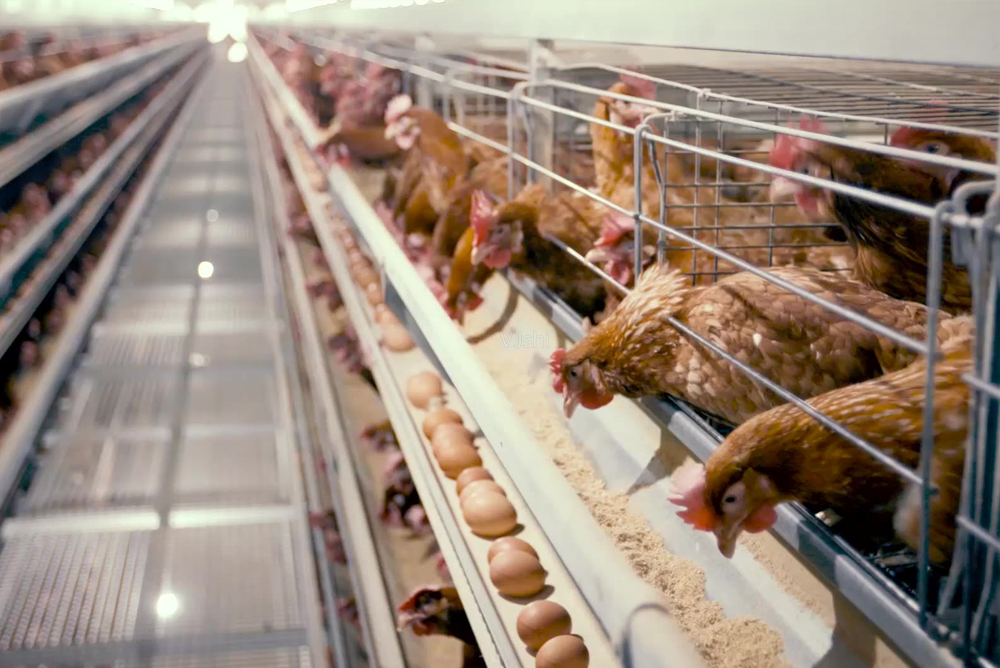
Nowadays, the aquaculture industry is rising, and the equipment is becoming more and more modern. Among them, lighting is the most important point.
For a long time, the artificial light sources used in the breeding field consume relatively large energy. Moreover, it is difficult to control the light quality of the physiological requirements of the laying hens, which directly affects the production efficiency of the laying hens. For example, incandescent lamps, fluorescent lamps, etc. With experts and scholars further research on the relationship between energy-saving light energy and layer production. A new type of light source LED light has entered the field of vision of experts. And around the LED light source indicators to carry out research on a series of technical system indicators such as growth and development, feeding behavior, reproductive performance of laying hens.
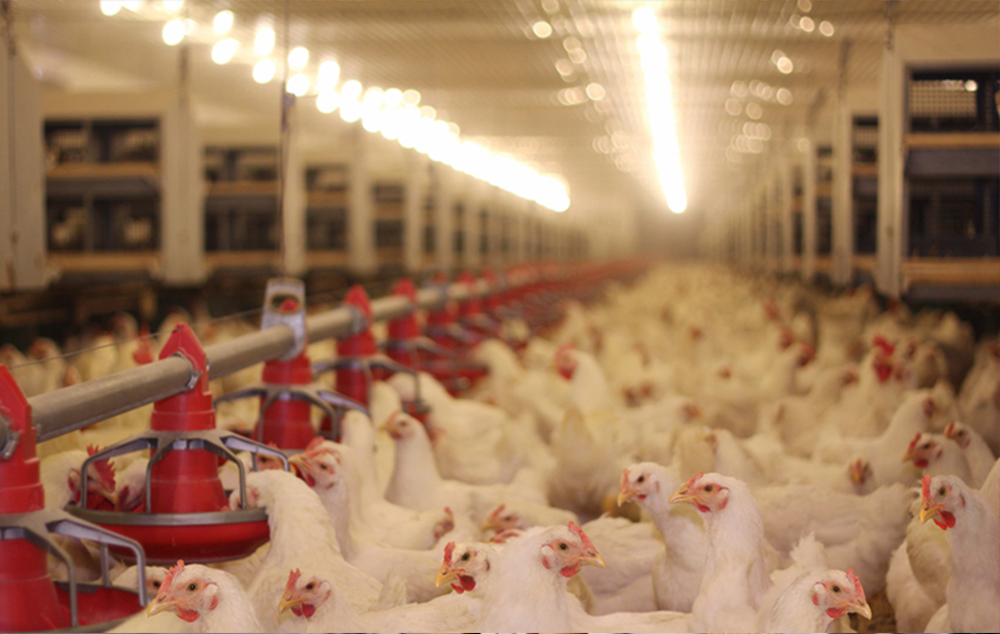
After research and a lot of practice, it is shown that proper LED lighting is adjusted. Can significantly improve the production performance of laying hens. At the same time, it can promote the growth and immunity of laying hens.
The emergence of closed chicken coops. Make the chicken coop a relatively independent "small environment". The intercommunication between the inside and outside of the chicken house is blocked to the greatest extent, and higher requirements are put forward for the environmental indicators in the house. In addition to precise control of the temperature, humidity, and ventilation in the house, a set of equipment is also required. Artificial lighting system with uniform distribution, reasonable illumination and precise control. Currently. Artificial light sources commonly used in the aquaculture industry mainly include incandescent lamps, energy-saving lamps, and LED lamps.
1. What LED lights are used for laying hens? Light sources currently used in layer breeding industry
1.1 Incandescent lamp
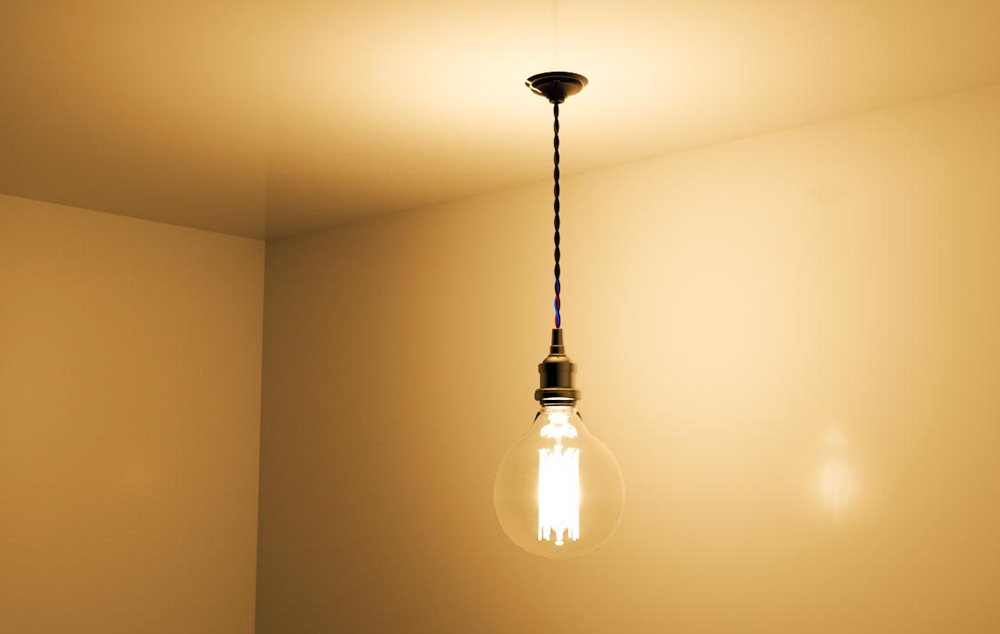
Incandescent lamp as the first generation of light source used in layer farms. The principle is to heat the filament to incandescent state by electricity. It emits light by pyroelectric radiation. It has the following characteristics: On the one hand, it has the advantages of low price, small light source, large versatility, fast start-up, the color light is closest to the color of sunlight, good color rendering, uniform and non-obtrusive spectrum, and excellent color rendering. It is widely used in various laying hen farms. On the other hand, the efficiency is low. Only about 2% of the consumed electric energy can be converted into light energy, while the rest is lost in the form of heat energy. At the same time, because the filament is always at a high temperature when it is energized, it evaporates quickly, which greatly shortens the service life. The general use time is about 1000 hours.
current. Various industries around the world are vigorously promoting energy conservation and emission reduction. my country has been advocating the implementation of green lighting projects since the 1990s, and the awareness of energy conservation in the whole society has been increasing year by year; in 2011, my country issued the "Incandescent Lamp Elimination Route". This high-consumption product is gradually withdrawing from people's daily production and life.
1.2 Energy-saving lamps
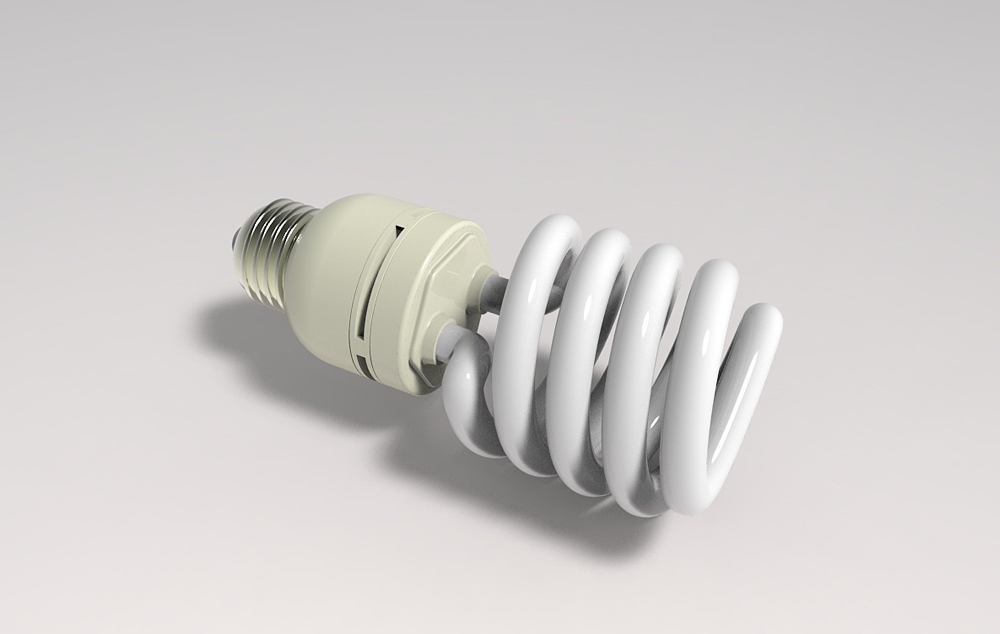
Energy-saving lamps belong to the second generation of light sources used in laying hen farms. It is an integral lighting device that combines a fluorescent lamp and a ballast (ballast). Compared with incandescent lamps. It has the advantages of long service life, low energy consumption, high luminous efficiency, low working temperature and reasonable price. The structure of energy-saving lamps is relatively compact, the luminous efficiency is as high as 60Lm/w (luminous flux per watt), the energy consumption is more than 80% less than that of incandescent lamps, and the price is not much different from that of incandescent lamps. Therefore, the lamp can be used in general family-style livestock and poultry farms. Especially it is widely used in semi-open chicken houses.
The life of energy-saving lamps is affected by lamp tubes and electronic ballasts. If the lamp and ballast are not well grasped in the process of design, material selection, and production, there will be differences in product quality. Especially in the rural market where the breeding sites are located. It is flooded by a large number of low-quality low-end energy-saving lamp products. In addition, farmers have limited ability to distinguish products, so for farmers. Ordinary energy-saving lamps cannot meet their production needs.
1.3 LED lights
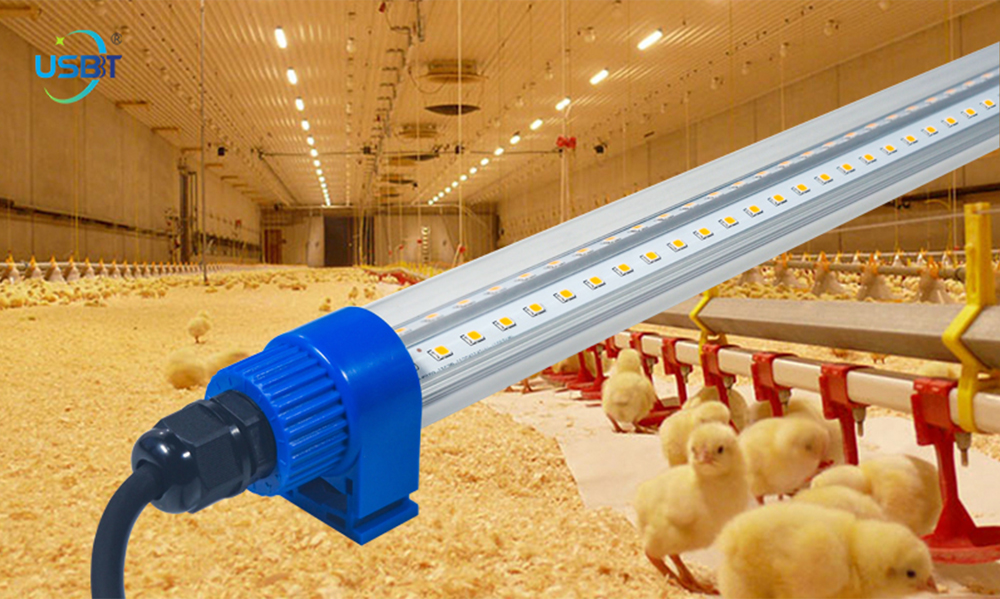
LED lights are the latest light source used in the production of laying hens. It uses a semiconductor device to directly convert electrical energy into visible light. It took some time for LED technology to be accepted by the laying hen breeding industry. Today, we have fully embraced the LED technology and the energy-saving benefits it brings: At the same time, more and more perfect LED technology gradually meets the lighting needs of the laying industry.
Among the listed light sources, LED lights have the lowest energy consumption. Only 1/10 of the incandescent lamp, 1/4 of the energy-saving lamp: but the life span is 100 times that of the incandescent lamp. 10 times as much as energy-saving lamps. Because it is a solid state package. It belongs to the type of cold light source, which can be installed in any miniature and enclosed equipment. Don't be afraid of vibration, and don't have to consider the shortcomings of the filament, such as easy burning, thermal deposition, and light decay. In terms of vision, chicken eyes are more sensitive to light, and LED lights can increase the luminous surface and eliminate glare. Sublimation visual effects, eliminate visual fatigue. In addition, in high dust. In a chicken house with high humidity, the maintenance rate of LED lamps is much lower than that of incandescent lamps and energy-saving lamps.
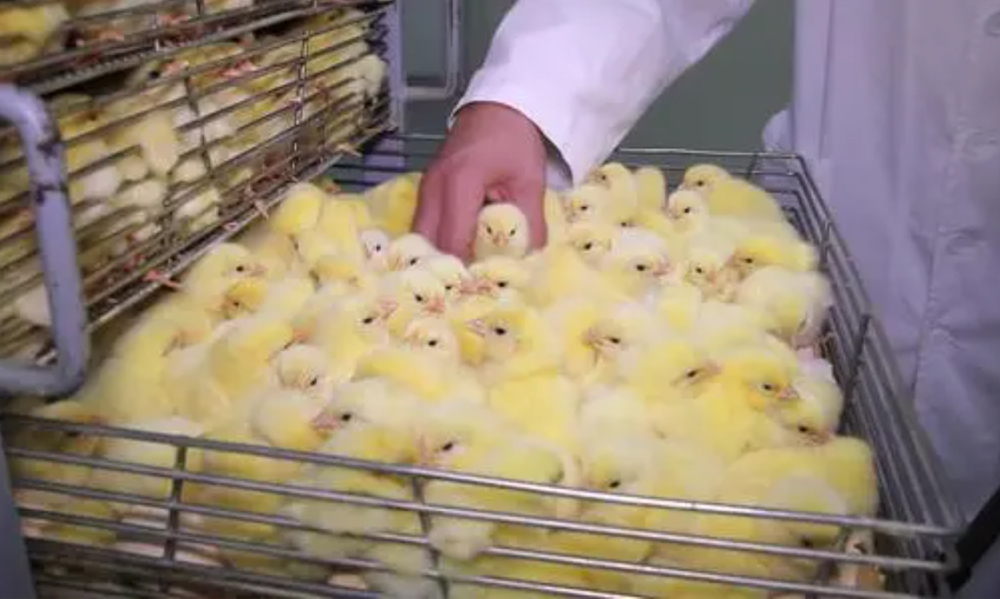
2. The influence of several light sources on the growth and production performance of chickens
Laying hens are visually sensitive animals. Its light receiving system is different from other animals. Different light will cause changes in some biochemical indicators and nutrient absorption in the body. This will affect the development and production performance of the chicken body. research shows. The blue and green light in the spectrum can promote the growth of chickens; orange and red light can enhance the reproductive performance of chickens; red light has a calming effect and can reduce or inhibit chicken pecking behavior. A single light source can increase the survival rate of young hens. So in theory, the laying hens will lay more eggs. The ISl feel of eggs is also better. therefore. In addition to providing the necessary visible light for the chickens, the artificial light source also has an impact on the chickens by its spectral components. Existing studies have proved that different spectra will have different effects on laying hens, and there are many spectra that are beneficial to the growth and production performance of laying hens. There are also partially inhibiting or harmful. LED lights can select the spectrum according to the growth and production needs of the chickens, and strengthen the spectrum that is beneficial to the chickens. Reduce the spectrum that is unfavorable to the flock, thereby improving the performance of the flock.
Comparison of the cost of several light sources
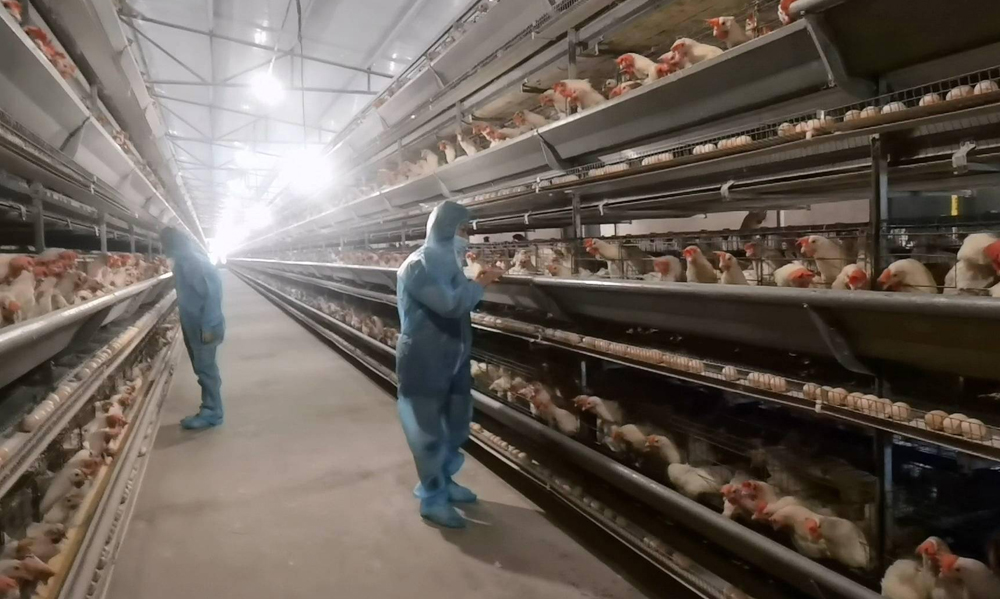
Take a standard chicken house with 10,000 chickens as an example. The three different light sources are compared in terms of power, unit price, service life, related costs, and power consumption. LED lamps are compared with incandescent lamps and energy-saving lamps. Although the initial one-time investment cost is relatively high, in the long run, due to its long life. High efficiency, its operating and maintenance costs are significantly lower than incandescent lamps and energy-saving lamps. Take a standard chicken house with 10,000 chickens as an example. The chicken house is 65 meters long and 14 meters wide. It is equipped with 5 rows of light bulbs spaced 3 meters apart. There are 108 light bulbs in each building, and the standard light time is 16 hours per day. Each kilowatt of electricity is calculated at 0.7 yuan.
Why is the chicken farm lighting? What LED lights are used for laying hens?
1 hen house with 10,000 chickens. The annual cost of using incandescent lamps is 11,478 yuan. The annual cost of using energy-saving lamps is 4503 yuan, and if you use LED lights, the annual cost is only 2333 yuan, the cost advantage is self-evident.
The impact of several light sources on the health of laying hens
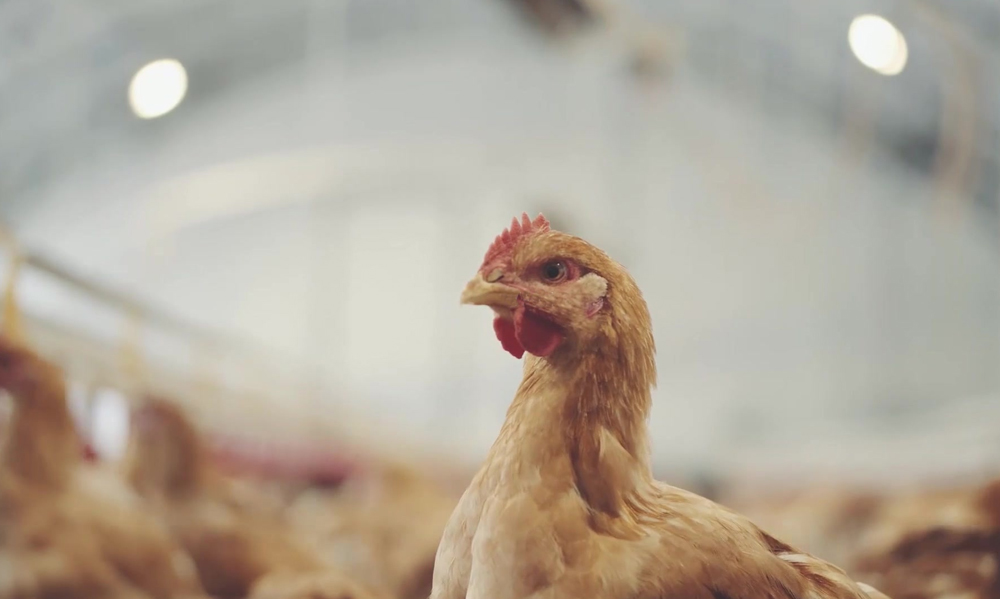
The energy-saving lamps used on the market are vacuum devices that need to be injected with phosphor mercury before they can emit light. Therefore, ultraviolet and infrared rays are generated in the process of light emission. research shows. The amount of ultraviolet light absorbed by the body under a fluorescent lamp for a day is equivalent to that of one hour of exposure to the sun. Ultraviolet radiation can destroy the human body's immune system, kill white blood cells, damage the chemical bonds between nucleic acids and proteins, and cause genetic mutations. The LED lamp is a diode emitting light, and there is no ultraviolet or infrared in the light. It is the only healthy light source that is harmless to humans and animals.
in addition. The working conditions of fluorescent lamps, energy-saving lamps and LED lamps are different, so the ionizing radiation produced is also different. Fluorescent lamps and energy-saving lamps are in high-frequency and high-voltage state when working. It can bring different degrees of electromagnetic radiation to the chicken body; and the LED lamp adopts direct current and low voltage working methods. Does not produce electromagnetic radiation. It does not cause any harm to humans and chickens, and is an internationally recognized healthy lighting.
Furthermore, energy-saving lamp tubes need to add phosphors, mercury and other harmful substances when they are made. Once eliminated and abandoned, it will cause serious pollution to the environment. The European Union has adopted certain restrictions on hazardous substances in energy-saving lamps. Implement production responsibility system. LED lights are semiconductor components and non-vacuum components. It does not contain lead, mercury and other polluting elements, and the waste is recyclable, without any pollution to the environment, and is more environmentally friendly; therefore, the LED light-emitting element is currently an internationally recognized environmentally friendly luminous body.

5. The superiority of LED lights in actual production operations
LED lights can be produced according to the growth and production needs of chickens. The light intensity and light time can be adjusted at any time, while the light intensity of incandescent lamps and energy-saving lamps is fixed. If you want to adjust the light intensity, it can only be achieved by changing the bulbs of different power. It increases the labor intensity of the workers, and it is also easy to cause stress to the chickens. and. The sudden opening and closing of the artificial light source every day is also a kind of stress to the chickens. The LED lights can be set to gradually brighten and gradually darken the opening and closing of the lights, imitating natural light. Let the chickens have an adaptation process. Minimize stress.
6 Conclusion
With the formation of energy-saving, low-carbon and environmental protection concepts. Coupled with the country's strong support for agriculture and animal husbandry, changes in poultry farming will be inevitable. The emergence of LED lights not only reduces the cost of breeding, but also performs well in improving the production performance of the chickens and reducing environmental pollution. so. It is an inevitable trend for LED lamps to replace incandescent lamps and energy-saving lamps.
Contact: Mr.Kobe
Phone: 18948348953
Tel: 86 755 28332815
Email: info@bbtlight.com
Add: Floor 9th, Building 13th, Ocean Plaza, No. 16 Yifeng Road, Nanlian Community, Longgang Street, Longgang District, Shenzhen, Guangdong, China